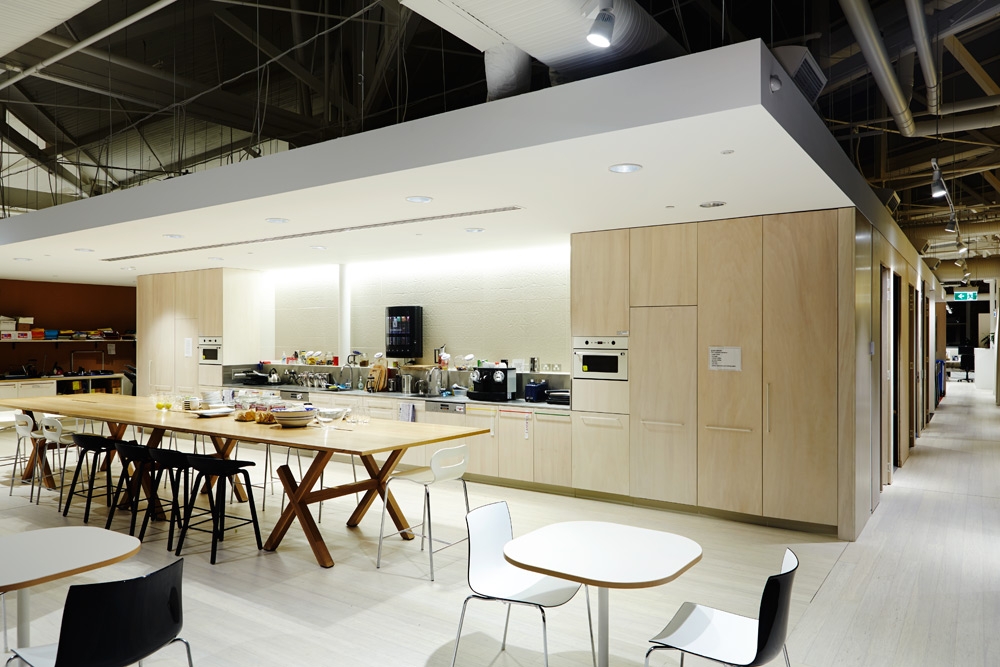High performance motion sensors save energy

Further installing a BMS involves the installation of many metres of cable making them tough to retrofit into existing buildings without disruption to the occupants and their productivity. This means that whilst many building owners and tenants would love to benefit from the ongoing cost savings of an automated building the initial capital expenditure and installation challenges often become insurmountable barriers and mean that no controls are installed at all.
But there is another way to achieve building automation and the associated energy savings. mySmartSensors are high-performance motion sensors that give virtually all of the energy savings of more complex solutions but without the price tag. What’s more, mySmartSensors can be used in new or retrofit scenarios and have a range of sensors from entry level sensors with basic adjustments through to fully programmable sensors capable of automatically dimming DALI or DSI digital lighting ballasts. Many sensors in the mySmartSensors range can be used to control heating and cooling in addition to lighting.
ADVERTISEMENT
In effect these highly reliable sensors are now giving a new mid-range option for lighting, heating and cooling control between basic manual switching and a fully networked BMS with a level of performance never thought of from a standalone solution.
Like any solution there are cost versus benefit trade-offs compared to a BMS and standalone sensors may not be suitable for every project. The main trade-off compared to a BMS is that sensors cannot output performance or diagnostic reports. However, given in our experience, that the vast majority of small to mid-size tenancies and buildings simply don’t have the requirement of such reporting it is not really an issue at all.
So while a BMS is a great solution it is not the only one and a lack of budget should not be a barrier to energy savings – you just need to adopt a different approach.
mySmartSensors Case Study – Screen Australia
45 Jones Street is a landmark building in the inner-western Sydney suburb of Ultimo and home to Screen Australia. Originally built in 1899 for the Co-operative Wool and Produce Company it was designed by one of Australia’s leading architects, Herbert E. Ross.
The new fit-out for Screen Australia designed by Hassell is light, bright and takes advantage of the high cathedral-like roof space. Energy efficient LED lighting is used throughout the office with further efficiencies gained from mySmartSensors presence detectors.
In designing the automation for the project engineers Aston Consult realised that the desired functionality of the lighting control system did not revolve around set operating scenes but rather the around the need to have the right lighting available in the immediate area only when users were present. By using mySmartSensors, Aston Consult have been able to implement a solution that reacts to the movement and flow of people around the Screen Australia office ensuring that the minimum amount of energy is used.
This is the key to significant energy savings with presence detectors and motion controlled lighting. If no-one is present then the lights are turned off and no energy is being consumed. The time delay between when the last person leaves an area and when the sensor switches off the lights is adjustable between 3 seconds and 99 minutes. To reduce energy consumption even further with daylight harvesting and modern high-performance photocell sensors the lights can also be automatically dimmed to be operating using the minimum amount of energy possible.
-
ADVERTISEMENT
-
ADVERTISEMENT

